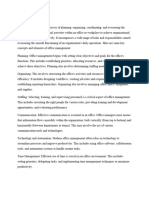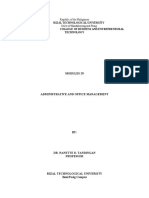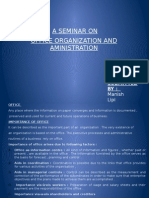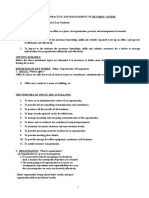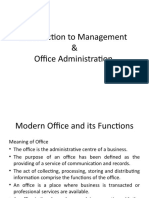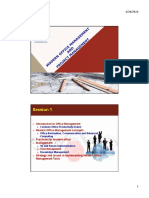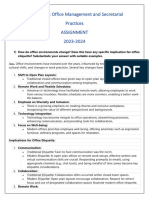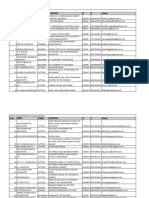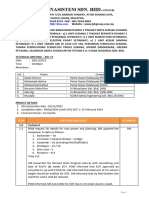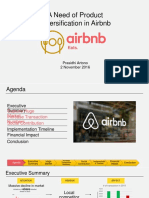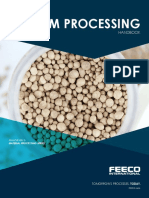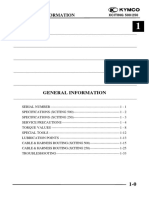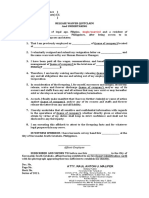0% found this document useful (0 votes)
20 views15 pagesOMSP Unit I Handout Notes767
The document defines key office management terms and discusses the importance of various office functions and elements. It covers topics like the role of an office in business, differences between traditional and modern offices, examples of routine office work, the role of an office manager, and how efficiently managed offices can benefit organizations.
Uploaded by
HariniCopyright
© © All Rights Reserved
We take content rights seriously. If you suspect this is your content, claim it here.
Available Formats
Download as DOCX, PDF, TXT or read online on Scribd
0% found this document useful (0 votes)
20 views15 pagesOMSP Unit I Handout Notes767
The document defines key office management terms and discusses the importance of various office functions and elements. It covers topics like the role of an office in business, differences between traditional and modern offices, examples of routine office work, the role of an office manager, and how efficiently managed offices can benefit organizations.
Uploaded by
HariniCopyright
© © All Rights Reserved
We take content rights seriously. If you suspect this is your content, claim it here.
Available Formats
Download as DOCX, PDF, TXT or read online on Scribd
/ 15



